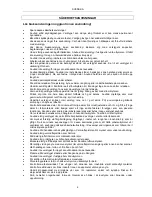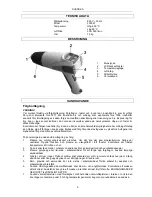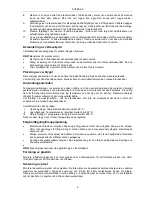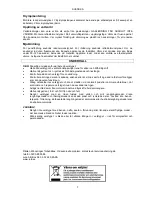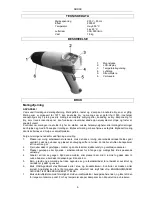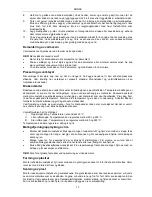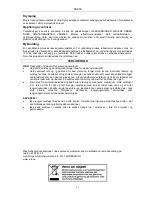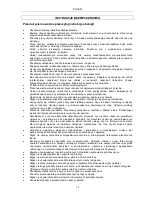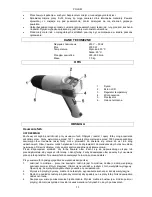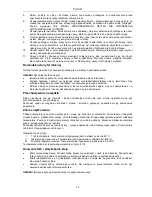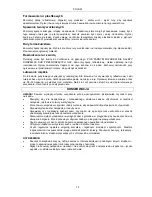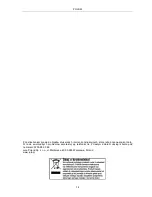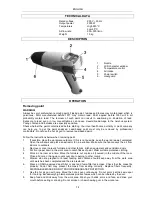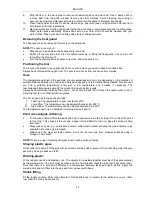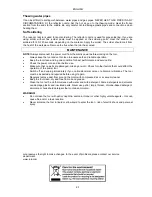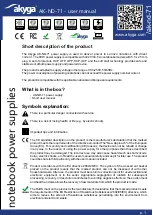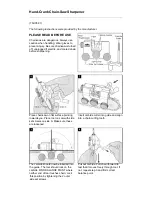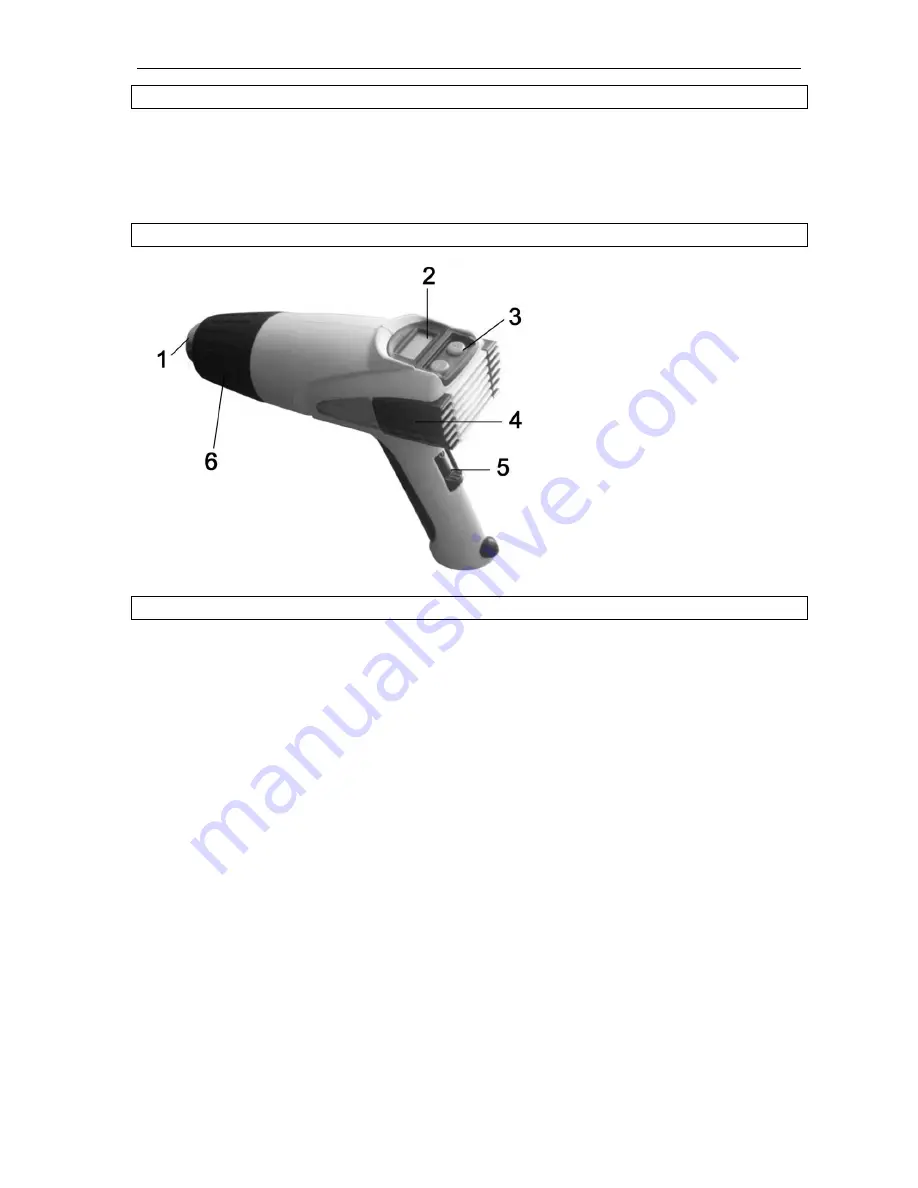
ENGLISH
18
TECHNICAL DATA
Rated voltage
230 V ~ 50 Hz
Output power
2000 W
Temperature
High 650°C
Low 60°C
Airflow rate
300
–500 l/min
Weight
1.0 kg
DESCRIPTION
1.
Nozzle
2.
LCD character window
3.
Temperature control
4.
Air intake
5.
Power switch
6.
Heat guard
OPERATION
Removing paint
WARNING!
Always be very careful when removing paint. Flaking paint, residue and fumes may contain lead, which is
poisonous. Paint manufactured before 1977 may contain lead. Paint applied before 1950 will in all
probability contain lead. The removal of such paint can result in swallowing or inhalation of lead.
Exposure to lead, even in low concentrations, can cause irreversible damage to the nervous system.
Young children and foetuses are especially sensitive.
Check whether the paint contains lead before starting. Your local health care authority or paint company
can help you to get the paint analysed. Lead-based paint must only be removed by professional
contractors. Do not use the hot air gun to remove lead-based paint.
Follow the instructions below when removing paint.
1.
If possible, place the workpiece outdoors. If this is not possible, keep the work area well ventilated.
Open the windows and place an extractor fan in a window. Make sure the fan conveys the air from
indoors to outdoors.
2.
Remove or cover carpets, furniture and other fabrics, kitchen equipment and ventilation ducts.
3.
Put floor paper down in the work area to catch flakes of paint. Wear suitable protective clothing.
4.
Work in one room at a time. Move the furniture out or place it (covered) in the middle of the room.
Close all doors, or hang up covers over door opening to other rooms.
5.
Women who are pregnant or breast feeding and children should keep away from the work area
until work has been completed and the area restored.
6.
Wear an OSHA approved dust-filter or dust and fume-filter face mask. Check that the mask fits
properly. Facial hair may prevent the mask from sealing correctly. Replace filters frequently.
DISPOSABLE MASKS DO NOT PROVIDE ADEQUATE PROTECTION.
7.
Use the hot air gun with care. Move the hot air gun continuously. Do not point it at the same spot
for too long. Excessively high temperatures produce fumes which can be inhaled by the user.
8.
Keep food and drink away from the work area. Wash your hands, arms and face, and rinse your
mouth before eating or drinking. Do not smoke or chew chewing gum in the work area.

